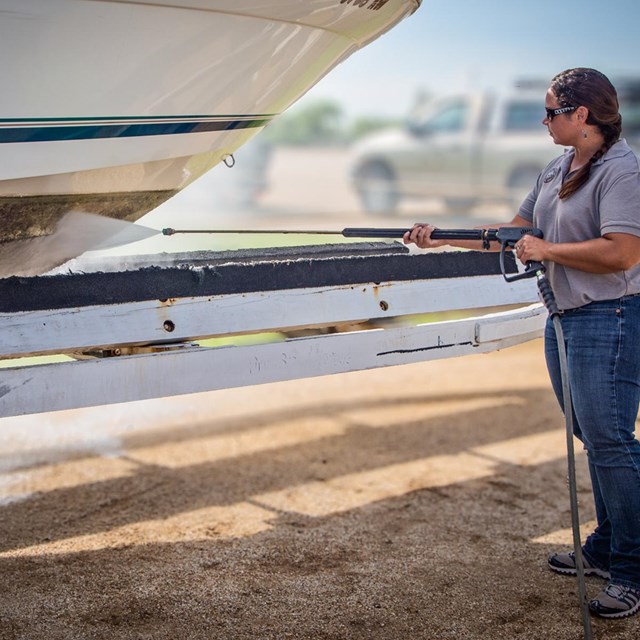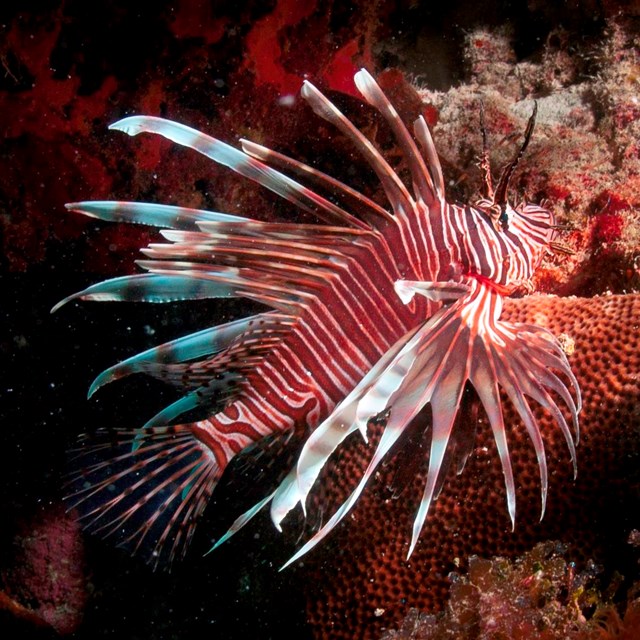Aquatic invasive species are species that are not native to an ecosystem and whose introduction causes or is likely to cause economic or environmental harm or harm to human health. Aquatic invasive species are a growing risk to park resources and values. In the United States there are currently more than 670 non-native aquatic species from other continents and more than 580 non-native are from North America but have been moved outside their native ranges. For many centuries, humans have contributed to spreading non native species around the globe. These species have been introduced either intentionally or unintentionally. Examples of Intentional Introductions
Examples of Unintentional Introductions
Aquatic nuisance species can be spread many ways including ships, boats, barges, aquatic recreation (fishing, hunting, boating, diving, etc.), water gardening, seaplanes, connected waterways and many other pathways. Through these and other means, thousands of terrestrial and aquatic invasive species have been introduced into our park waters. Learn More |
Last updated: July 14, 2025



